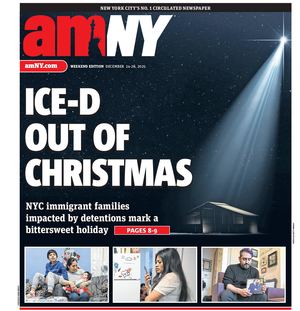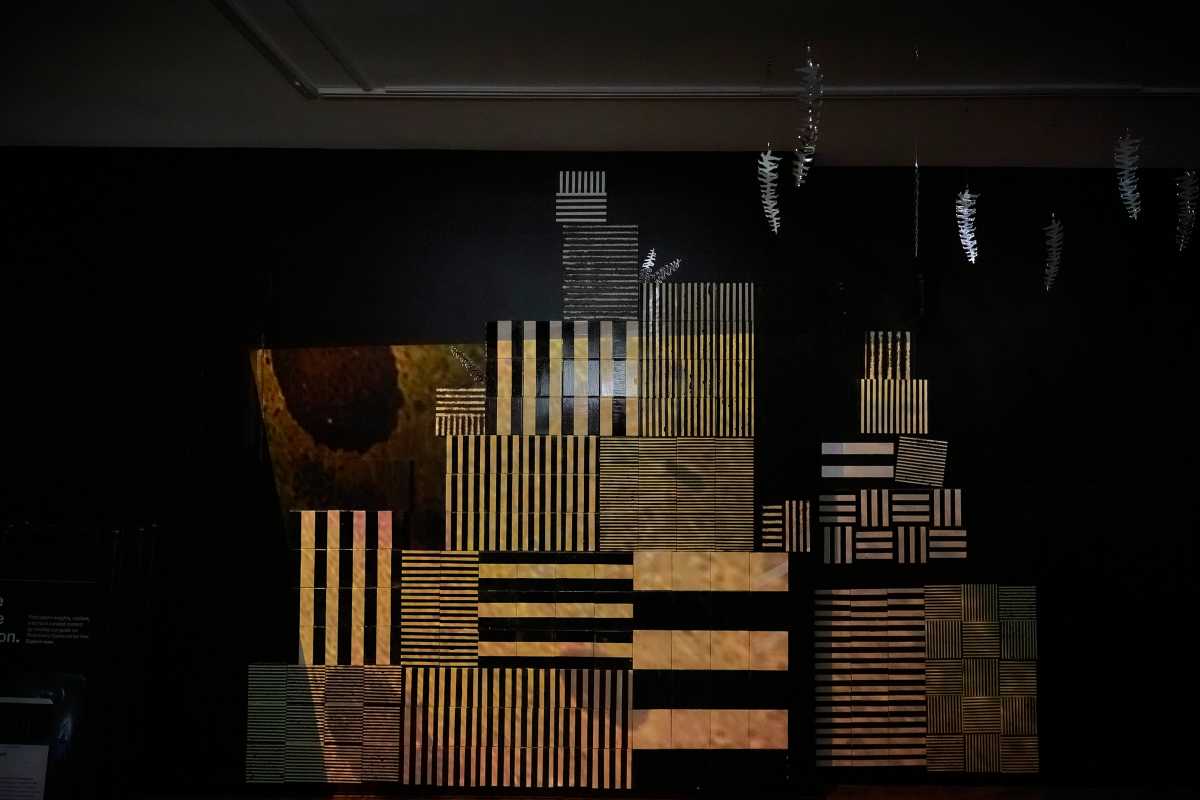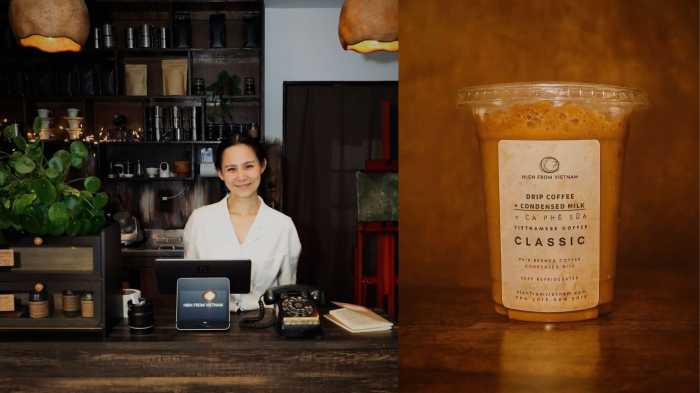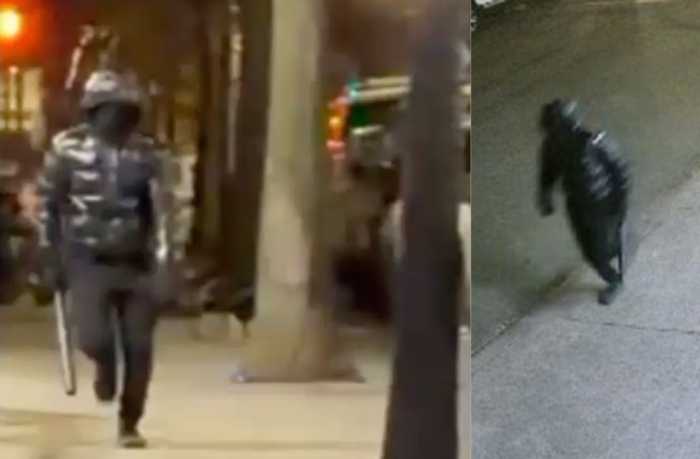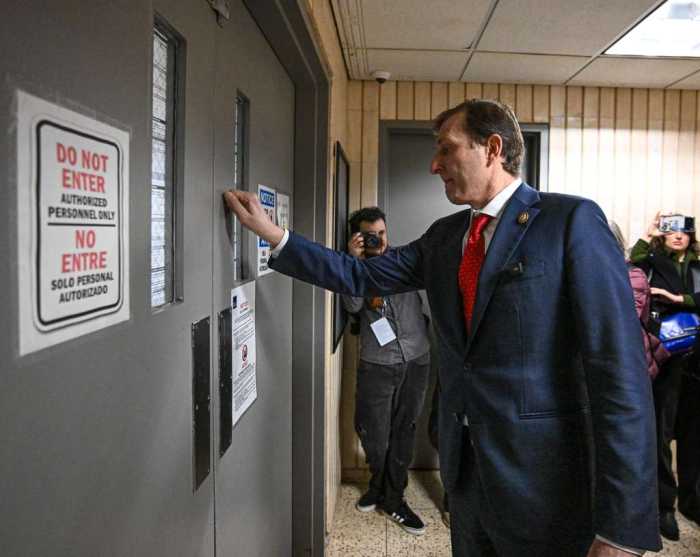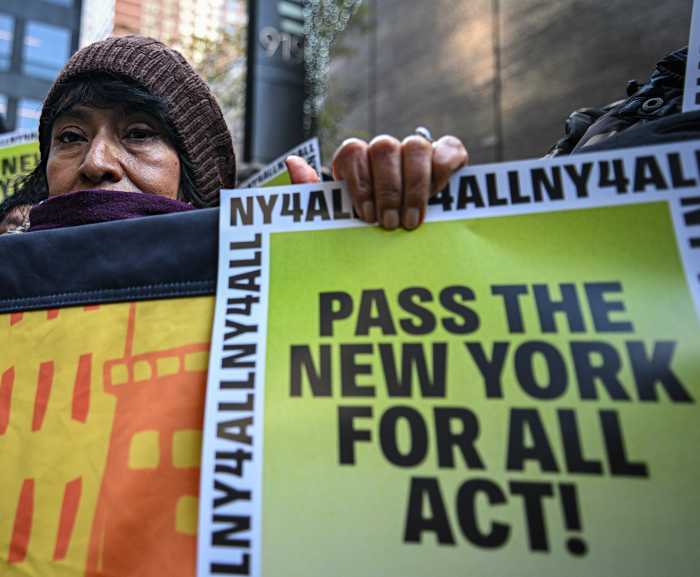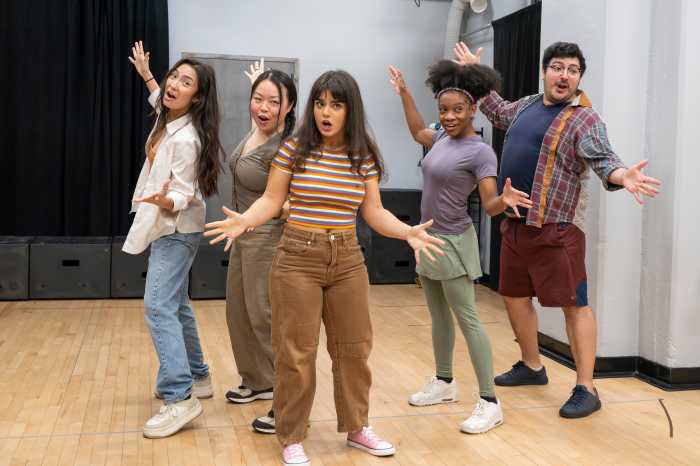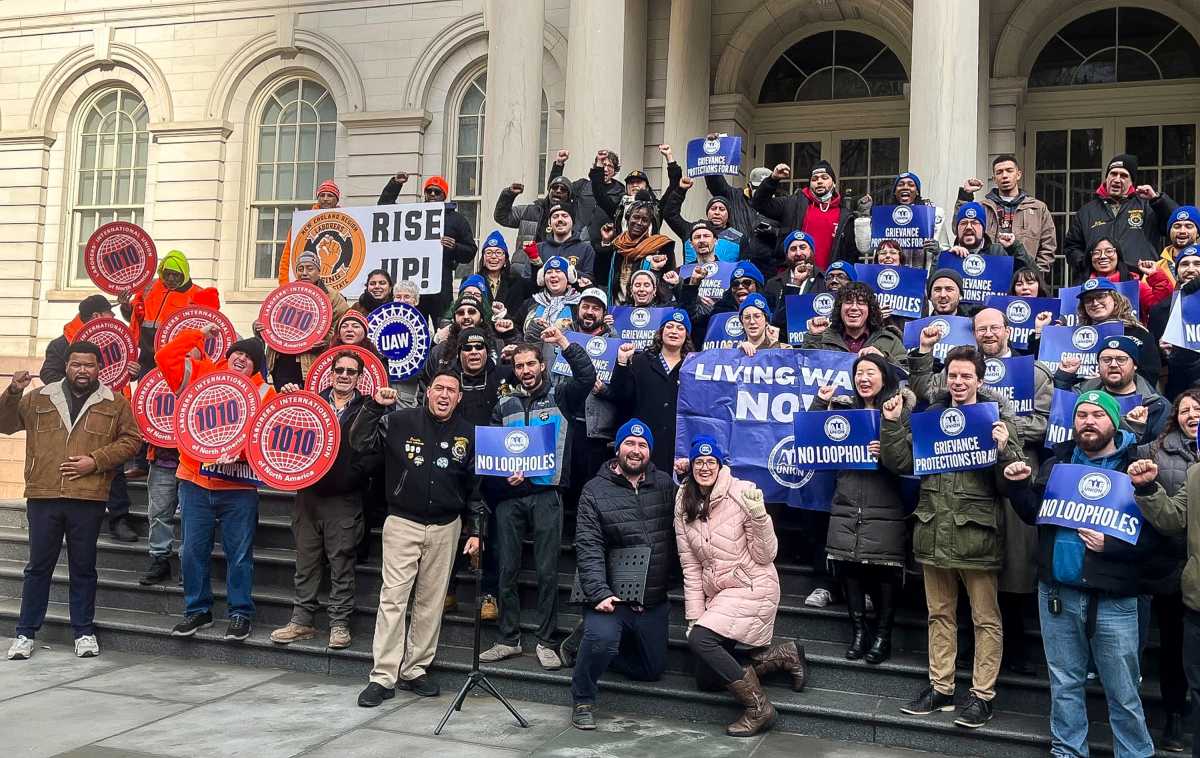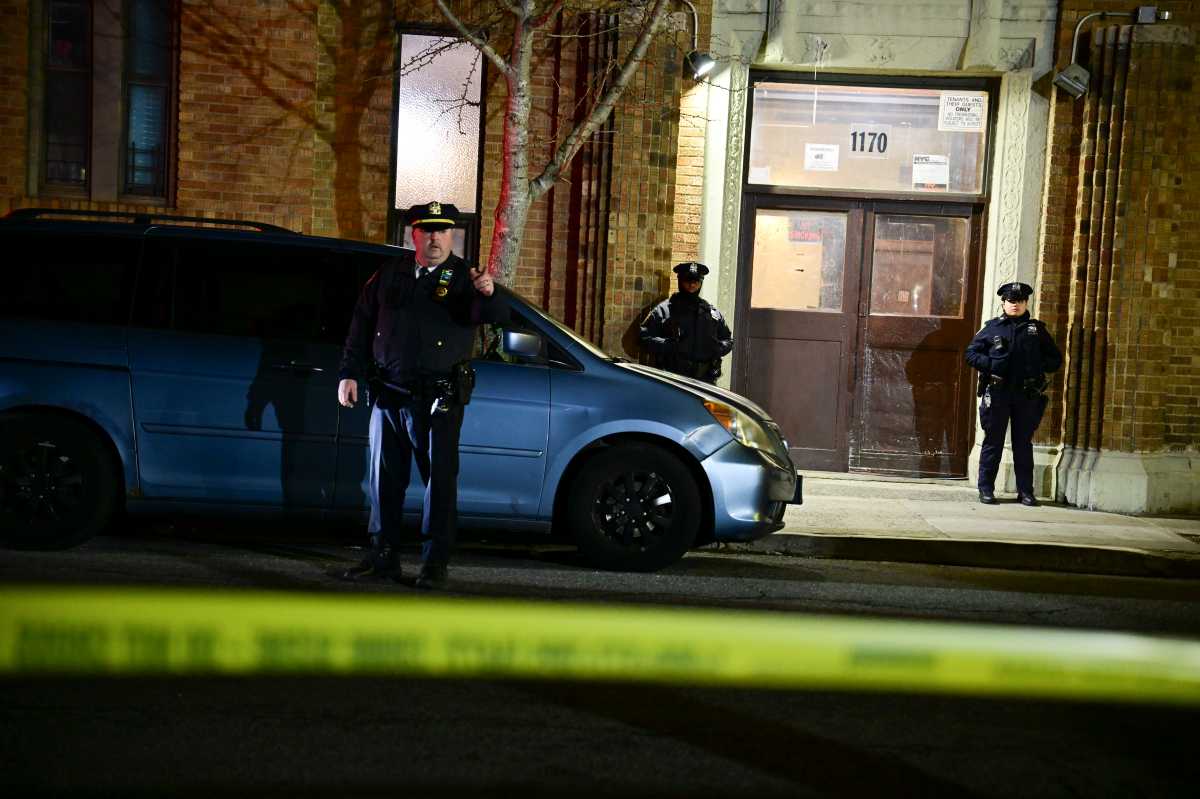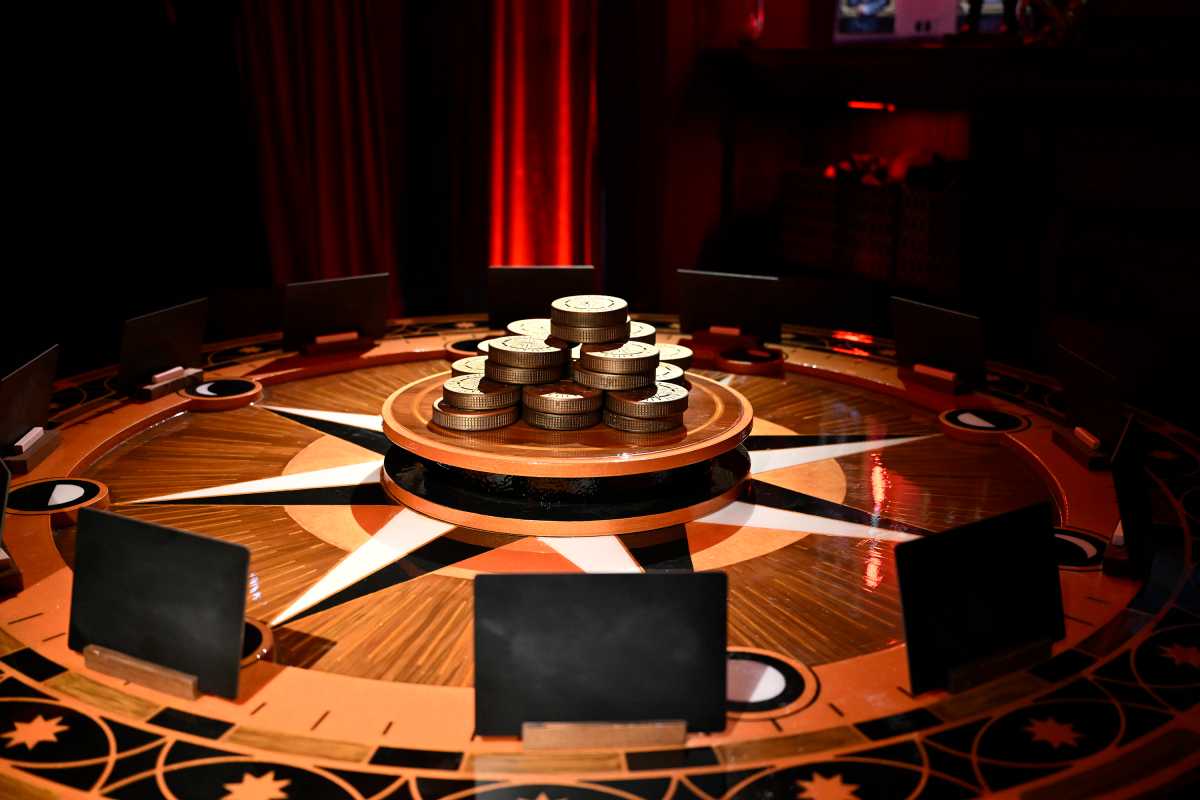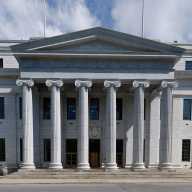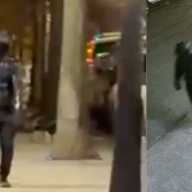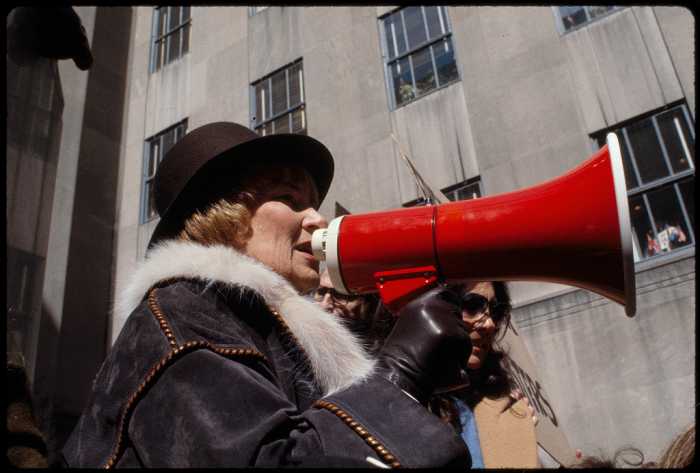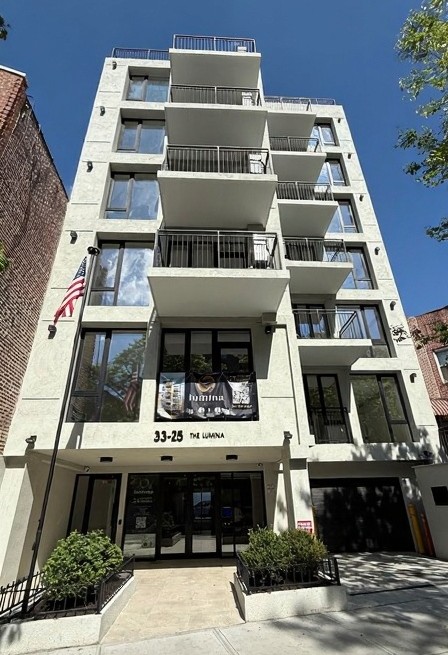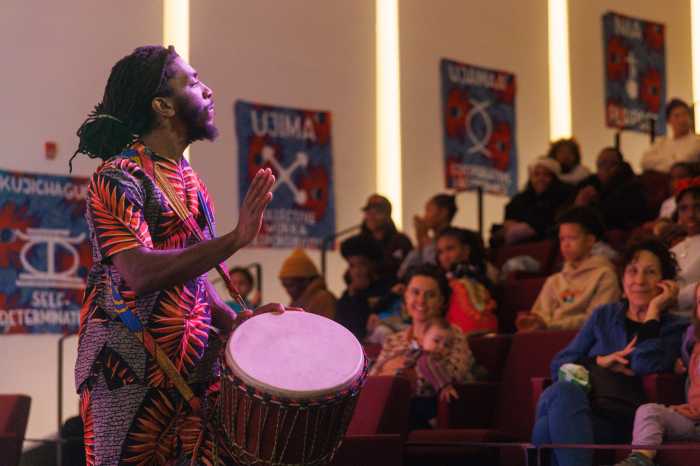To enter Shoshanna Weinberger’s The Space Between Light at PES FUTURES is to step into a cosmos of reflection, where memory, architecture, and desire are refracted into endless possibility.
The Lower Manhattan installation, composed of life-sized mirrored structures, behaves more like a portal than a sculpture. Light here does not merely illuminate—it multiplies, bending the body into kaleidoscopic fragments, insisting that identity is never singular but layered, mirrored, refracted.
The effect is intoxicating. Light, in Weinberger’s hands, is not a passive glow but an active participant: the visitor is folded into her Caribbean memoryscape, their reflection colliding with fragments of childhood, architecture, and ritual. For the first time, the artist incorporates film—shot in Kingston, Jamaica—threading sound and color into the installation. One feels suspended between temporalities: past and future, memory and projection, self and shadow.
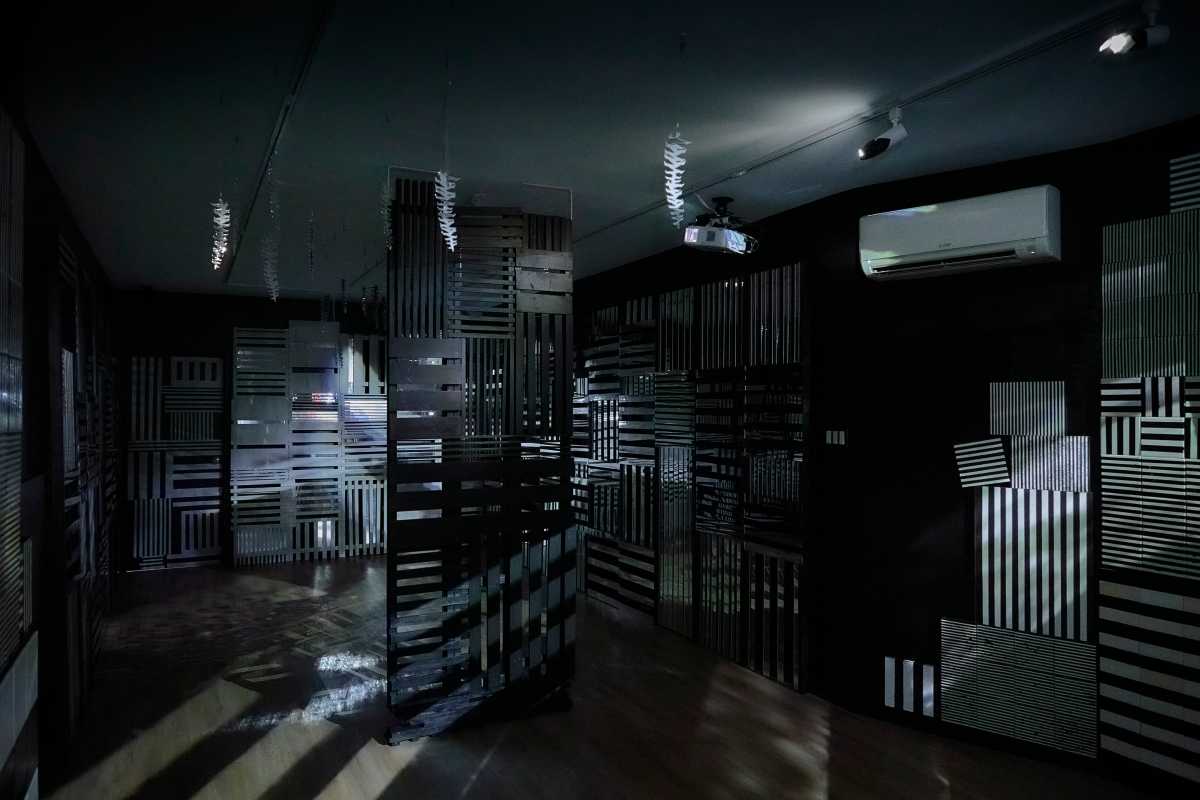
The lineage of light in art is long, and Weinberger’s installation converses with it in thrilling ways. Think of Caravaggio, who weaponized chiaroscuro to dramatize the sacred and the profane. Think of Turner, dissolving form into radiant haze, anticipating abstraction. Think of Vermeer, who transformed the ordinary into a miracle through a window’s quiet illumination. Each artist treated light as subject as much as medium, aware that illumination is never neutral—it reveals and conceals, sanctifies and destabilizes.
The invention of the camera in the nineteenth century fractured this relationship. Suddenly, light itself could be captured, held in emulsion, archived. Painters no longer bore the burden of documentation and were free to pursue new truths—Impressionism’s broken color, Cubism’s shattered perspectives, Surrealism’s dreamscapes. Photography liberated painting, even as it created new anxieties about presence and representation.
Weinberger seizes upon that history. Her use of mirrors recalls both the self-conscious gaze of modernism and the proliferation of images in our digital age. Yet she resists the flatness of the screen. Her mirrors fracture and expand, folding us into her memoryscape, demanding that we become part of the narrative rather than its passive spectators.
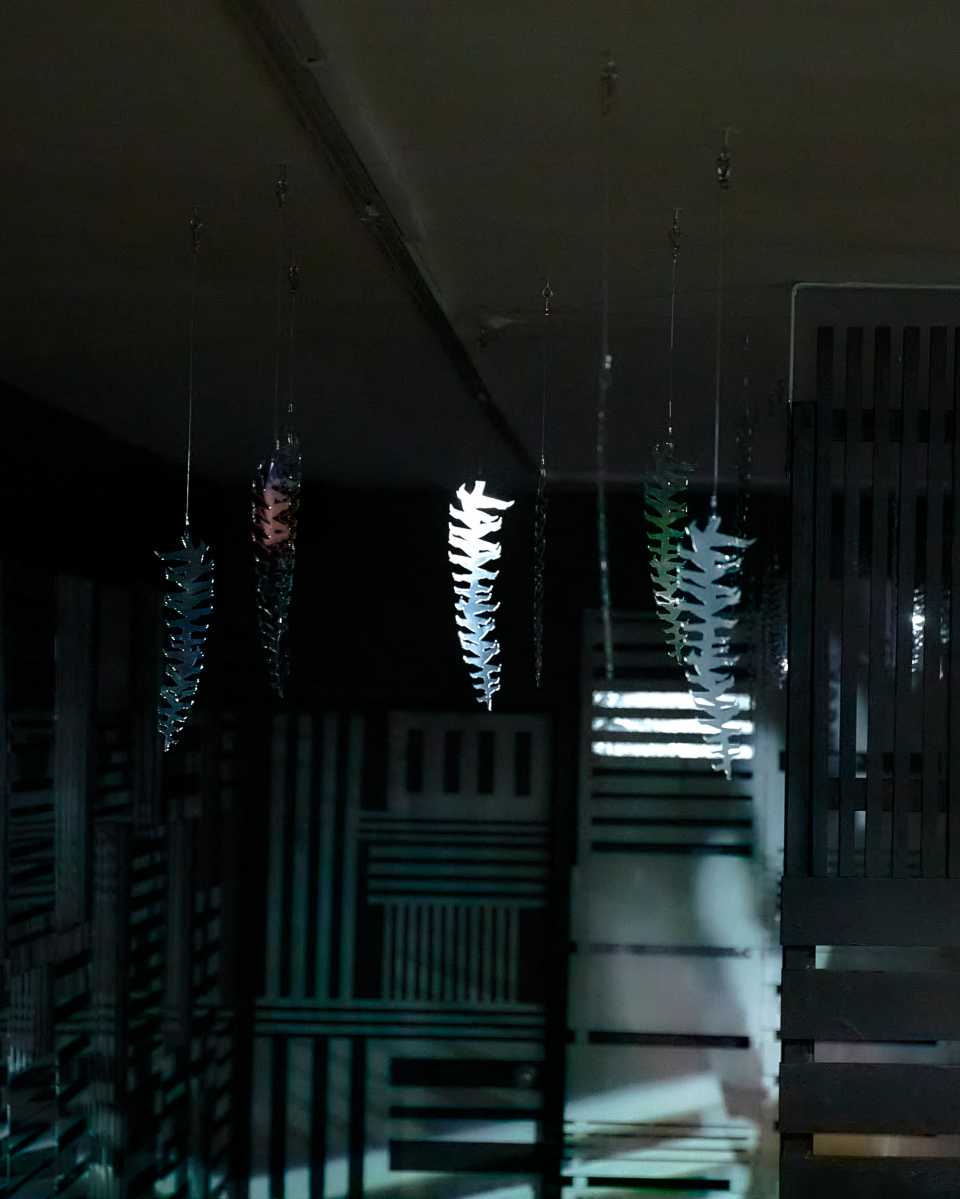
The Caribbean, too, is central—not as postcard exotica but as lived history. The mirrored forms echo the unfinished architecture of Caribbean homes, structures built with expansion in mind, open to futures yet imagined. Stripes—a motif long present in her work—act as codifiers, turning utilitarian forms into reflective markers of identity and possibility. The film, meanwhile, roots the installation in Kingston’s landscapes, tying the reflective space to place, to body, to ancestry.
The result is both cerebral and sensual. One emerges from The Space Between Light feeling not only seen but multiplied, as if one’s identity has been dispersed into memory, history, and possibility. Weinberger has created an environment where light itself is the medium of resilience, memory, and transformation.
Art history tells us that civilizations are remembered by the ways they wielded light—through stained glass in Gothic cathedrals, through oil on canvas in Venetian palaces, through the silver halides of photography. In Weinberger’s installation, light becomes a mirror-scape of diaspora and desire, reflecting not only her Caribbean-American lineage but the larger truth that identity is always shifting, always refracted, always becoming.
To stand within The Space Between Light is to understand that light is not simply what we see by. It is what we remember through. It is what carries us into futures yet to be imagined.
Shoshanna Weinberger’s The Space Between Light is on view at PES FUTURES, 128 Baxter Street, New York, through December 20, 2025.
